Introduction

According to my statistics this is the 25th 35mm lens I am reviewing here. After so many you may think you have seen it all, but this one has a stand out feature: at $129 new it is definitely the cheapest fast 35mm and not only that: it is also very compact.
Now if you think you can get the quality of a Sony FE 35mm 1.4 GM for a fraction of the price here you can already stop reading, but for everyone else: let’s find out how much lens we can get for 130 bucks.
Sample Images
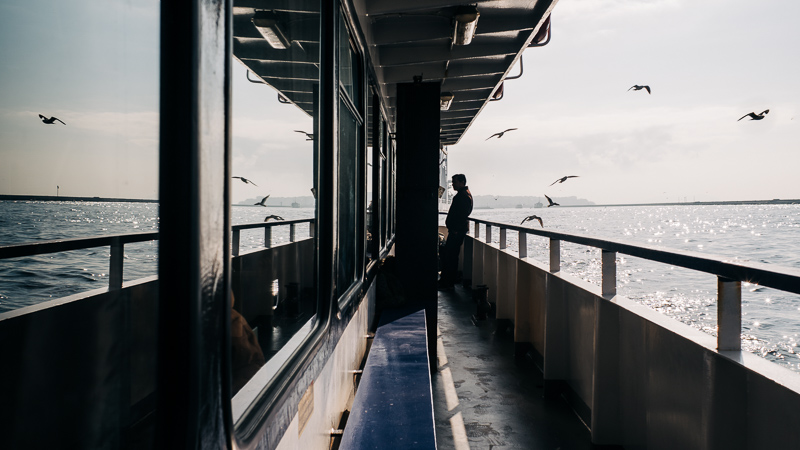
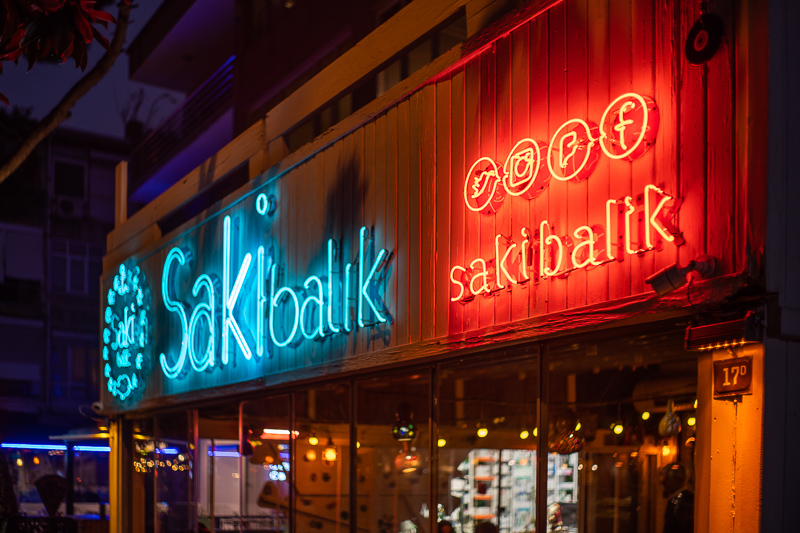
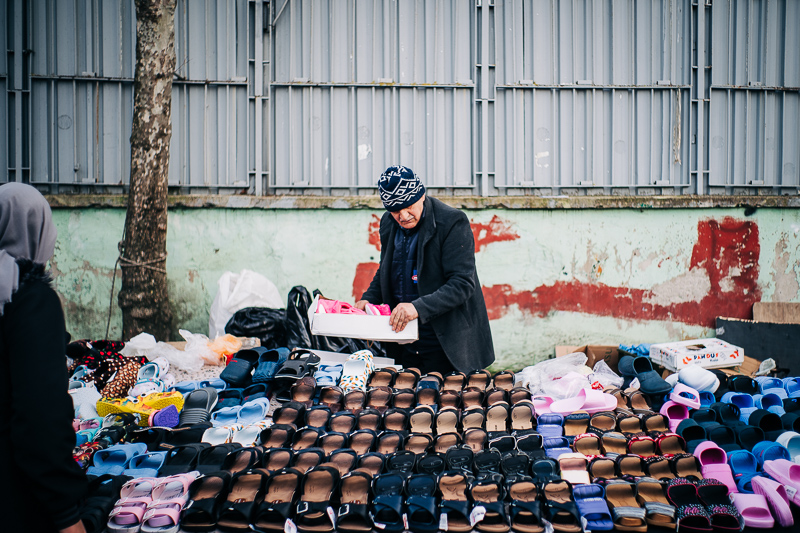


Most of the sample images in this review can be found in full resolution here.
Contents
Specifications
Most of the chinese 35mm lenses I reviewed over the years came in M-mount and had to be adapted to E-mount (some have also been released later in E-mount with unchanged optics) but this Pergear 35mm 1.4 is an E-mount lens from the get go and with the diameter and position of the rear element I also doubt it would be compatible to M-mount. It has the following specifications:
-
- Diameter: 60 mm
- Field of view: 63.2° (diagonally)
- Length: 40 mm
- Weight: 237g (without hood and caps)
- Filter Diameter: 43 mm
- Number of Aperture Blades: 10 (slightly rounded)
- Elements/Groups: 7/5
- Close Focusing Distance: 0.3 m
- Maximum Magnification: 1:6.2 (measured)
- Mount: Sony E
This lens can be ordered from amazon.com | amazon.de | ebay.com | ebay.de (affiliate links) and the price is $129
Disclosure
The Pergear 35mm 1.4 was kindly provided free of charge by Pergear for reviewing purpose for a duration of 4 weeks.
Handling/Build Quality

This is the first Pergear lens I am having a look at and there are a lot of things to talk about here.
The focus ring has a nice albeit not perfectly even resistance and travels ~160° from the minimum focus distance (0.3 m) to infinity. The focus ring is also knurled, like those of some of the Voigtlander lenses. The throw between 3.0 m and infinity is pretty short and I found setting precise focus at wider apertures rather fiddly in this distance range. The constructrion in itself is also very slightly wobbly, so there is a tiny bit of slack when changing the direction of rotation of the focus ring.
The aperture ring is one of the most interesting I have seen so far, but why is that? It features half-stop(?) click-stops between f/1.4 and f/2.8 (no f/2.0 marking), one-third-of-a-stop click-stops between f/2.8 and f/4.0, full-stop click-stops between f/4.0 and f/8.0, nothing at f/11 and a last click-stop at f/16. I found this rather confusing and it makes setting a desired aperture value without looking at the lens a bit complicated. The aperture ring travels ~90° from f/1.4 to f/16.
The lens seems to be made from metal, but – except for the distance scale markers – all the markings are only printed on. There is also a typo here, as it says “MUTI COATED”. Not the first lens with a typo on the casing, probably also not the last.
What bothered me more: except for the focus and aperture ring the barrel is not structured, so removing and attaching the lens is as annoying as it is with a Zeiss Loxia lens without the PocketPano LensGrip or the Laowa 85mm 5.6 (to only name a few).
The lens is a standard unit focus design and the front element does not rotate, so using a polarizer is a hassle free operation.

Pergear shipped the lens to me with what looks like a generic 43mm vented lens hood. It increases the size of the lens noticeably, but indeed does help a bit with stray light. The problem: it also causes mechanical vignetting in the very corners (see Flare Resistance section).
The lens does not feature any electronic contacts to communicate with the camera.
Vignetting

| f/1.4 | 3.3 EV |
| f/2.0 | 2.8 EV |
| f/2.8 | 2.1 EV |
| f/4.0 | 1.4 EV |
| f/5.6 | 1.3 EV |
| f/8.0 | 1.3 EV |
| f/16 | 1.3 EV |
The vignetting figures are average for a fast 35mm lens. When we compare this to something like the Sony FE 35mm 1.4 GM the Sony is about 0.7 EV better at the maximum aperture but the same stopped down. The 7Artisans 35mm 1.4 M IF Wen has the same vignetting values within the margin of error.

It is recommended to have a look at this article first to get an idea how this brightness graph works.
Sharpness
Focus shift
With some lenses the plane of optimal focus shifts on stopping down and this Pergear 35mm 1.4 is one of those lenses. The jumps between f/2.0 and f/2.8 as well as f/2.8 and f/4.0 are noticeable. I recommend using this lens at working aperture to ensure best possible focus.
The Pergear 35mm 1.4 is also one of those lenses where sharpness and contrast don’t peak in exactly the same focal plane.
infinity (42mp Sony A7rII)
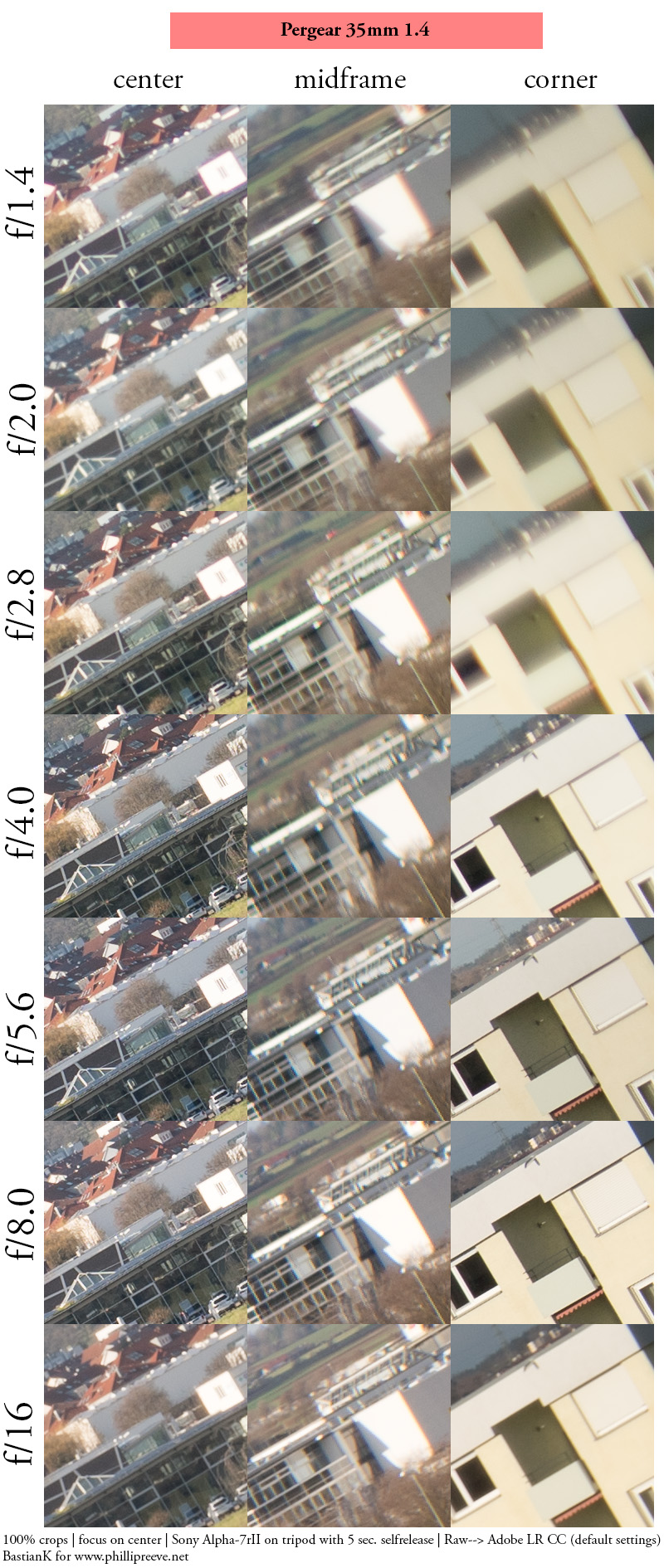
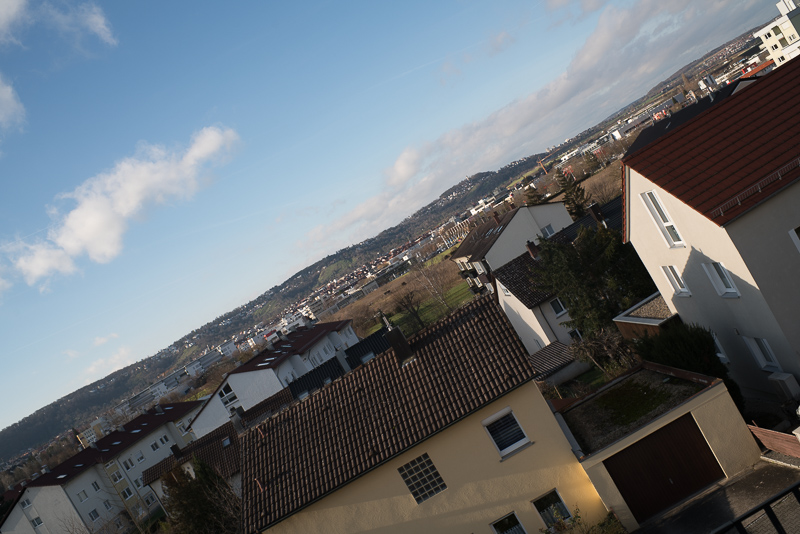
I couldn’t find any MTF graphs for this lens but there sure is a noticeable amount of field curvature. The center is a bit soft at f/1.4 to f/2.0 but improves steadily on stopping down and looks great from f/4.0. The corners look very good at f/5.6, but an area before that shows noticeably worse performance. Even at f/8.0 the performance doesn’t match that of the corners here due to the aforementioned field curvature. It might be possible to get a more even performance at f/8.0 to f/11 when focusing a tiny bit closer.
At f/16 we clearly see the negative impact of diffraction and the lens looks worse everywhere in the frame compared to f/8.0.
This lens wouldn’t be my prime choice for landscape/architecture shooting but when using a lower resolution camera there isn’t that much to worry about when shooting at f/8.0.
portrait distance 1.0 m (42mp Sony A7rII)
For portraiture it isn’t so important how flat the field is, it is more interesting to see what the sharpness is like when focused at different parts of the frame to take field curvature out of the equation.

We will be looking at 100% crops from the 42mp Sony A7rII.
f/1.4 <—> f/2.0
The off-center performance at these distances is actually one of my main issues with this lens. I mainly like to use these fast 35mm lenses for environmental portraits at their wider apertures, but here the sharpness is simply lacking a bit. In many of the pictures I took with this lens I noticed this with faces or other detailed objects located off-center being the main point of focus.
In reasonably sized prints or for web use the performance will probably be sufficient, but if you are using a high resolution camera and you like to zoom in to look at all the details you may not be completely happy with this performance.
close 0.3 m, 1:6.2 (42mp Sony A7rII)
100% crops from center, A7rII, refocused for every shot.
At close distances the performance is very typical for a lens without a floating elements design, so stopping down is a good idea for achieving crisp results. I do like to see that the minimum focus distance is 0.3 m though.
Flare resistance

I really like to be surprised in this category, but like most of the lenses from the Chinese manufacturers also the Pergear 35mm 1.4 struggles here.
With the sun inside the frame at wider apertures there is a massive ring flare made of internal reflections, stopped down to f/2.8 that ring flare is mostly gone, but ghosts are still there:
With a strong point light source situated outside the frame veiling flare can be an issue, too. The hood does help here, but it also introduces mechanical vignetting in the corners and ultimately shading the lens with my hand was even more effective than using the hood.
Coma
Strong coma at wider apertures shouldn’t come as much of a surprise. I was surprised how good the performance is already at f/4.0 though. Still, this is an average performance for a lens with these parameters.
100% crops from extreme corner, Sony A7rII
Distortion
I think the Pergear 35mm 1.4 set a new record here: it shows the highest distortion I have seen in a 35mm lens yet. Luckily the distortion is mostly uniform, so dialing in +10 in Lightroom/Photoshop is doing a good job at correcting it.
Bokeh

We already know in terms of sharpness there are some compromises, but a fast 35mm lens may make up for that in the bokeh category. So let’s see how the Pergear 35mm 1.4 performs at different distances in different scenarios.
Close Distance



A minimum focus distance of 30 cm allows for a lot of background bokeh when focusing on something close to the camera. Cat’s eyes are moderate and there are no distracting onion rings. Towards the border and corner regions we can already see tendencies towards a slightly busier rendering with some outlining though, so let’s see what happens at longer focus distances.
Mid Distance




Already at mid distances we can clearly see the negative impact of field curvature: while there is nice blur in the central regions of the frame there is noticeably less in the corner regions.
You can find more information on this topic in my article Bokeh explained.
Long distance


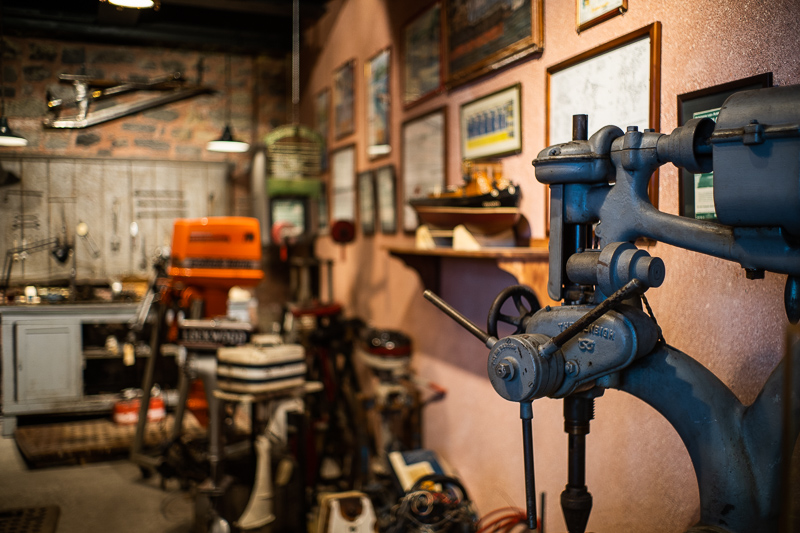
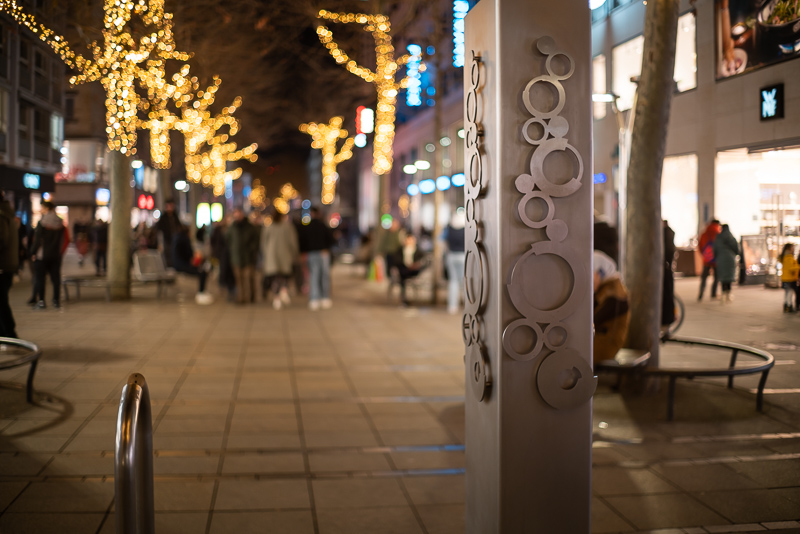
As I was expecting this gets worse at longer distances. In the seagull picture you can see how the water is way more in focus close to the edges of the frame. Same is true for the bridge as well as the landslide in the background. You can also see it with the toolboard in the third picture and maybe even more so with the lights in the fourth one.
Now this is something I am not a fan of but also something that happens with many other, way more expensive lenses, e.g. MS-Optics 50mm 1.1 Sonnetar, Laowa 45mm 0.95 Argus or Brightin Star 50mm 0.95.
This doesn’t sound all that great, does it? But we need to put things into perspective here. While this Pergear doesn’t produce the smoothest bokeh I have ever seen coming from a 35mm 1.4 lens, it is actually totally fine for most applications and in most scenarios the issues described above will be hardly noticeable, especially if you are used to using slower zoom lenses mainly.
Sunstars
This Pergear 35mm 1.4 is using an aperture diaphragm made of 10 rounded aperture blades. Being rounded coupled with non-perfect alignment the sunstars don’t look that great to me.
If you want to know more about sunstar rendering of different lenses have a look at this article.
We also again see the flare issues here, especially at wider apertures.
Now if you are shooting a city scene with small point light sources the sunstars look a bit nicer, but as they are not that distinct you need to zoom in a lot to actually see them.
Sony A7rII | Pergear 35mm 1.4 | f/8.0
Chromatic aberration
lateral
100% crops from border, A7III
Lateral CA are on a low to medium level and as usual easy to correct in post. This is one of the few lenses where this aberration isn’t strongest in the corners but in the border regions where also the resolution has a dip.
longitudinal
In most scenarios the Pergear 35mm 1.4 is doing a surprisingly good job in terms of bokeh fringing. Outlining is minimal and hardly something that will ruin your shots.
In very high contrast scenes like the one below the situation is worse though and purple fringing can be an issue, as this lens creates outlining several pixels wide (and therefore hard to losslessly correct) at wider apertures.
Sony A7III | Pergear 35mm 1.4 | f/1.4
Alternatives
Best have a look at our Guide to 35mm lenses for E-mount first to get an idea what the options are. The closest competitor in terms of specifications is the 7Artisans 35mm 1.4 E. What I gather from Phillip’s review is that it is more expensive and heavier while performing optically worse, so it doesn’t look overly appealing to me.
The cheapest AF option is the Samyang 35mm 1.8 AF which we haven’t reviewed yet.
Conclusion
good
|
average
|
not good
|
Some of you may just look at the table above and then come to the conclusion that this is a bad performing lens. But this would be only one side of the medal. As with every product we should not only consider its performance, but also its price/performance ratio – unless you are rich of course, but if you are, you are probably not interested in this lens anyway.
For the asking price of $129 you are getting a lof of lens. Yes, it is not the sharpest lens. Yes, bokeh isn’t great in every scenario. Yes, flare resistance could be better. But how many of the pictures you take with this lens will actually be ruined by these things? Looking through all the pictures I took with this lens I’d say: not that many.
This lens will not be of much interest to those that already have fancier, more expensive 35mm lenses, but it can be a great option for those that don’t. Especially if you are mainly using a midrange or superzoom like the Sony 24-105mm 4.0 or Tamron 28-200 or even one of the 28-70mm 2.8 lenses, this Pergear can greatly expand the capabilities of your kit without weighing you down or breaking the bank.

No cats were harmed in the making of this review – but many have been pet.
This lens can be ordered from amazon.com | amazon.de | ebay.com | ebay.de (affiliate links) and the price is $129
Sample Images







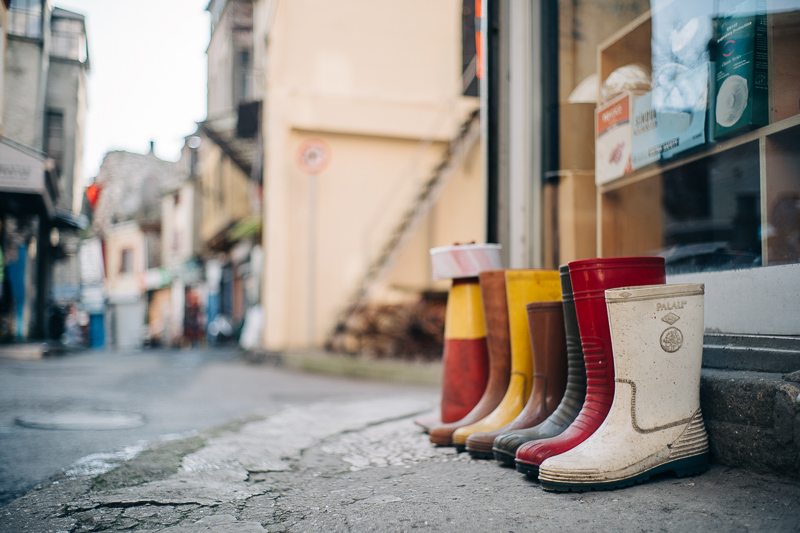

Most of the sample images in this review can be found in full resolution here.
Further Reading
- Bokeh explained
- Review: Techart LM-EA9 Autofocus Adapter
- How to take better pictures?
- Review: Mr. Ding Optics 50mm 1.1
Support Us
Did you find this article useful or just liked reading it? Treat us to a coffee!
![]()
![]()
![]() via Paypal
via Paypal
This site contains affiliate links. If you make a purchase using any of the links marked as affiliate links, I may receive a small commission at no additional cost to you. This helps support the creation of future content.
Latest posts by BastianK (see all)
- Review: Canon EF 50mm 1.0 L USM – Still the world’s fastest AF lens - December 30, 2025
- Review: Nikon Nikkor 105mm 1.8 Ai-s - December 28, 2025
- 2025 – Year in Review - December 23, 2025





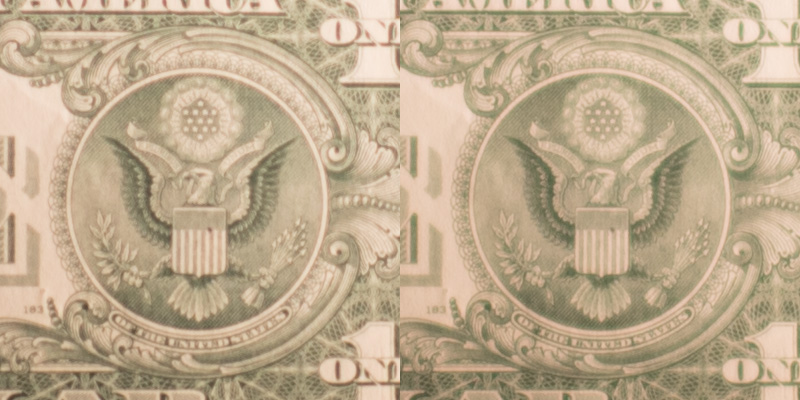


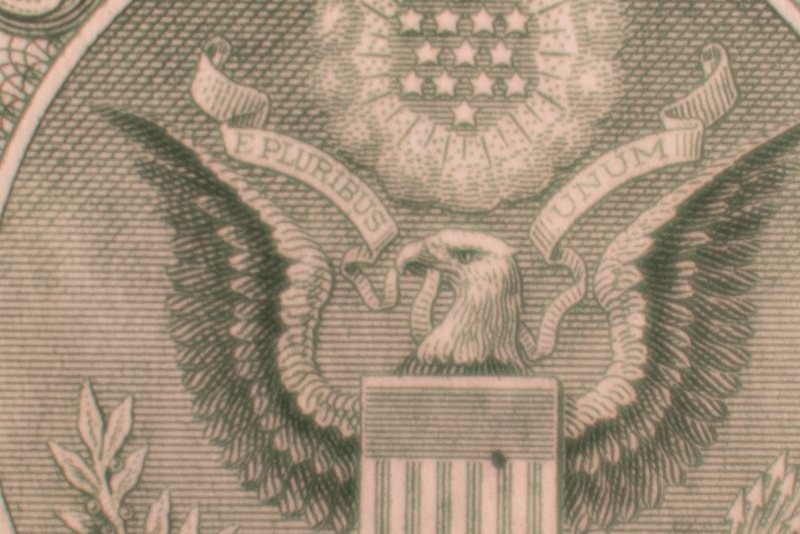









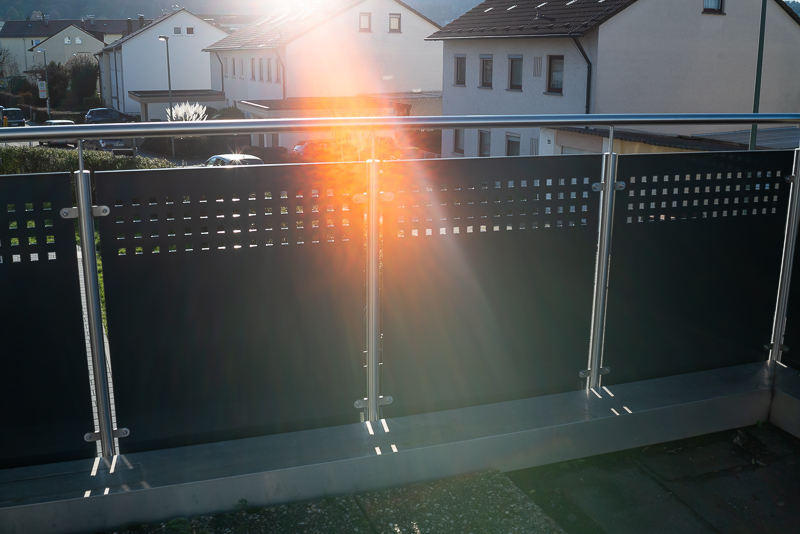








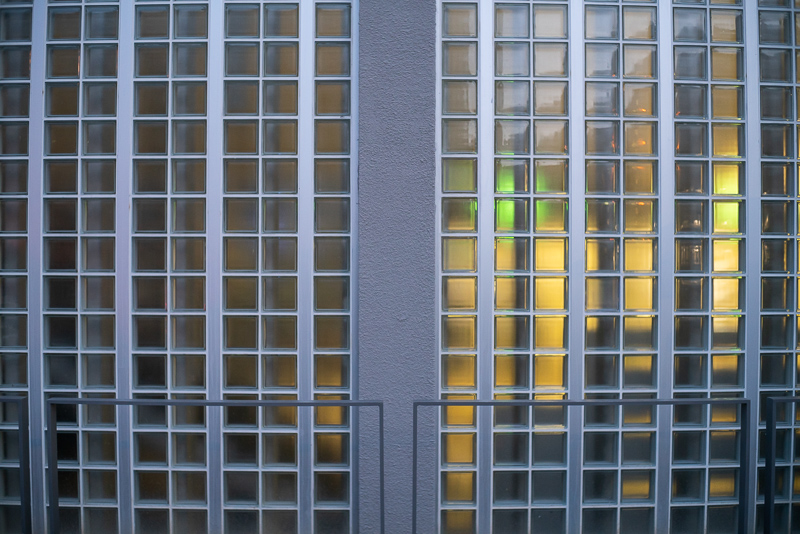
















I’m actually very impressed by this lens. I like the rendering and also like the flares. It reminds me of vintage lenses. For the price it’s super impressive, this is the first time I actually think about picking up a super cheap chinese lens. Thank you very much, I would have never considered this one.
It too bad it doesn’t perform a little better because the contrast and colors I think are actually very beautiful. I wish they put in a little bit more work in the design because I think it could’ve been a more promising lens.
Thank you very much for the review, Bastian! It is (as all your reviews are) detailed, accurate and fair. I really like how you show good use cases even for weaker lenses. In this case this is especially nice because I would not have expected this very cheep lens to be so useful …
And there is even one thing which is better in this review than in (most of?) your previous ones: there are more cats :–). Well, the web is full of cat photos, but most of them are rather bad (not matching the grace and dignity of these animals), so I am always happy about good cat photos.
I got you covered 👌
Vier Katzen. Da ist Luft nach oben!
Ich finde das Objektiv das spannendste, das die letzten Monate rausgebracht wurde. Vollformat in erschwinglich. Ein <3 für Chinaglas.
Nice review, as always, thanks 🚀
This seems like a good alternative to the old Viltrox/7Artisans 35mm F2 which used to be the cheapest option.
Bastian, out of the 25 35mm lenses you’ve reviewed, which 5 do you think render the most beautifully? (Not necessarily “sharpest” per se)
Tied for the lead: Sigma 35mm 1.2 and Laowa 35mm 0.95
3rd place: VM 35mm 1.7 and Sony FE 35mm 1.4 GM
5th place: VM 35mm 1.2
Honorable mentions:
RX1 35mm 2.0 – not really 35mm, noticeably wider
Das Peargear 35mm erinnert mich an das präasphärische Summilux 35mm aus den 70ern. Dies hatte ich lange zur Probe, bevor ich es nicht erwarb. Das Peargear ist sicher ein preiswerter Einstieg in die Welt der speziellen Objektive mit optischen Restfehlern.
Danke an Bastian für seinen unermüdlichen Einsatz für die E-mount Community.
Immer gerne 😊
Thank you for the review!
I wonder how this lens compares to Voigtlander 35/1.4 nokton classic in terms of sharpness? field cutvative etc.
Only reason to get the classic is if you like the look full of aberrations it gives.
Bastian,
This might be a strange question but any thoughts between this and the Konica Hexanon 40mm f1.8? I know that the field of view is different so I’m thinking sharpness, distortion, etc.
I think Martin is the better person to answer that question as he has first hand experience with both of them 🙂
Well, I don’t think they are directly comparable, although quite close in focal length. Sharpness is more or less same but the Pergear is sharper at larger apertures, at f/8 both are quite good. The Konica has lower contrast and a more vintage look at larger apertures. Konica has much lower distortion. The Konica is in my opinion better for portraits and day-to-day moody shots, the Pergear more for getting more environment. I like the bokeh of Konica better as it is softer with almost no cat’s eye bokeh on the edges. Konica is is quite old and you have to find a sample in good condition, the Pergear you can buy brand new.
/Martin
Just got a Pergear 35 1.4, I like it but find the mount is very stiff, to a point I thought I might deform my camera mount. How’s your Pergear 35?Many thanks!
If I didn’t mention it in the review it wasn’t overly tight.
Just bought this lens and the 7Artisans 35/1,4 Mark II to compare them. This one is sharper, especially wide open, and far easier to focus (propably because it is sharper wide open). Also it’s cheaper and 30g lighter. 🙂
Buuut: Compared side by side, this one seems to be more of a 35/2. The bokeh rings are much smaller wide open (everything else being the same) and you need one stop more light. I compared it with the aforementioned 7artisans and also my Nikon 35/1,4 AIS. Did you notice anything similar?
In the end I still kept the Pergear because it’s fun to play with, not really worse than the old Nikon (but far better than the 7Artisans) and it’s so much smaller and lighter than the AIS-lens with the adapter.
Martin noticed something similar in his comparison, yes.
I read Martins comparison too, but he only mentioned that f2 and f2,8 were not where they are engraved on the aperture ring. Martin, can you weigh in? 🙂